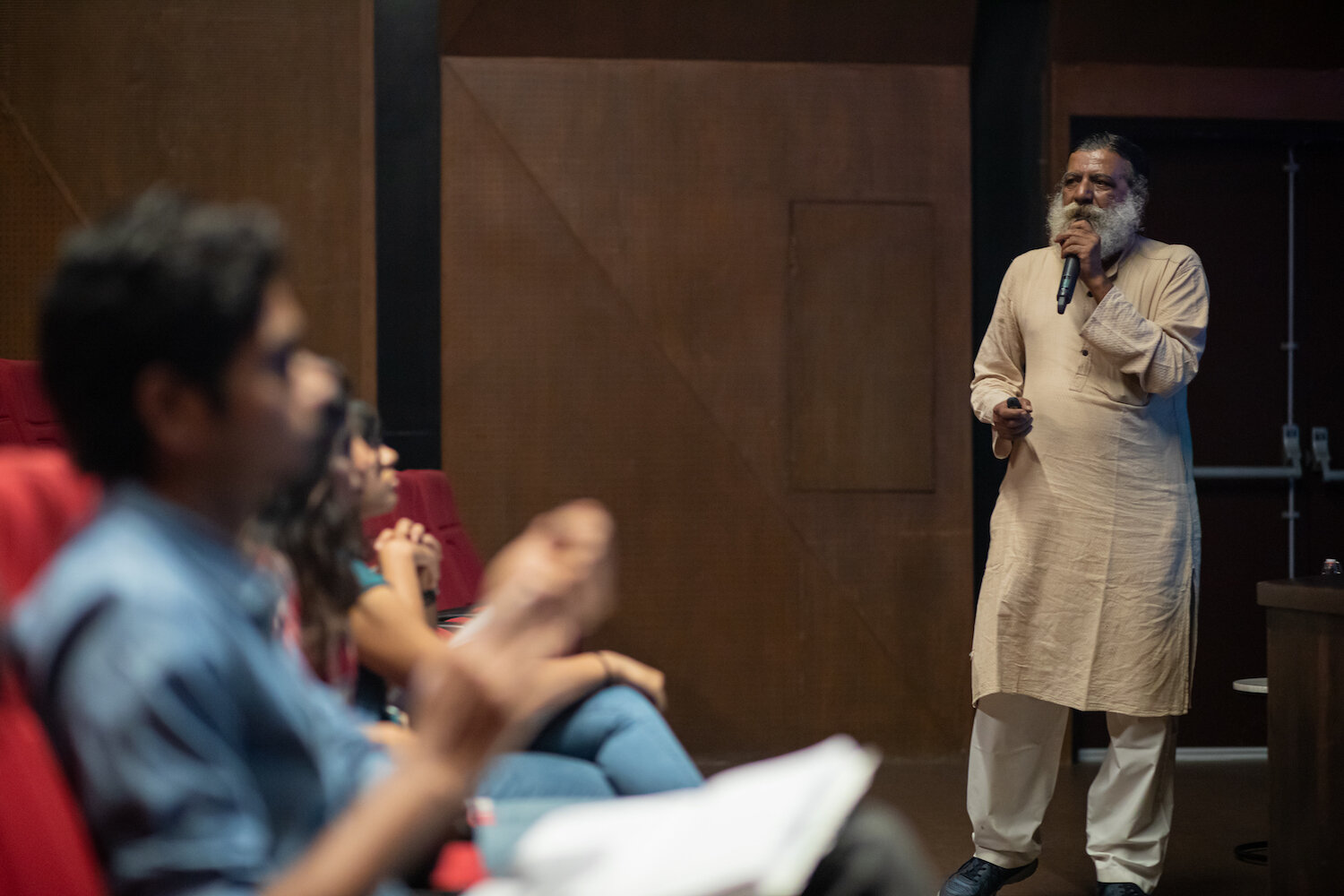A Symphony of Fire and Ice
”Some say the world will end in fire, Some say in ice...” so goes Robert Frost’s poem ‘Fire and Ice’. It was exactly the latter which Dr R Shankar, a theoretical physicist from the Institute of Mathematical Sciences talked about in his talk titled ”Ice on Earth”, at Science Gallery’s first exhibition-season SUBMERGE.
Ice constitutes an important part of the earth system. It plays a major role in maintaining the climate, by reflecting incoming radiation. Ice formed due to precipitation of water at higher altitudes helps feed our rivers perennially.
Being an integral part of our ecosystem, ice can help us answer questions on Earth’s past. Dr Shankar began his talk by introducing the concept of ice core analysis, where ice preserved for millennia is drilled from Antarctica. A spectroscopic study of the air bubbles trapped in the drilled ice reveals to us the composition of the earth’s atmosphere in the past.
Scientists have been able to understand the chemical composition of the atmosphere of the earth for as far back as 400,000 years ago. On plotting the carbon dioxide (CO2) concentration vs time, we get the famous keeling curve, which clearly shows a spike in CO2 levels around the time of the industrial revolution. This sharply points towards the impact of human activity in driving climate change.
Dr Shankar also explained how ice ages occur due to the eccentricity of the orbit and the wobbling of the earth along its axis, a phenomenon called ”Milankovitch cycles”. Serbian astronomer Milutin Milankovic predicted that Earth goes through cyclical periods of global warming and ice ages - as if the earth is crafting a symphony, spanning across millennia, a symphony of fire and ice.
So how do we know that the current period of warming isn’t a part of the warming-cooling cycle, which the earth naturally undergoes? This is because all of the warming that has taken place in the last 150-200 years is around the time of the industrial revolution, a time period negligible compared to the natural cycle of the earth.
The visions accompanying climate change are apocalyptic. Increase in sea levels, frequent natural disasters, erratic monsoons - these aren’t comforting thoughts, but it is something we have to deal with in the coming years.
A participant remarks, ”It’s not the planet which needs saving, it’s us. Nature is much smarter than us”, highlighting the resilience of life on the planet and the fragility of our own.
The session concludes and my mind wanders back to Frost’s poem. Will the world end in fire or will it end in ice? Looking at the havoc of global warming, I guess we all know the answer. The symphony sounds like a wail now. A desperate plea help, as the air is engulfed in fumes and our lakes are covered in froth.
By Akif Khan, Mediator

